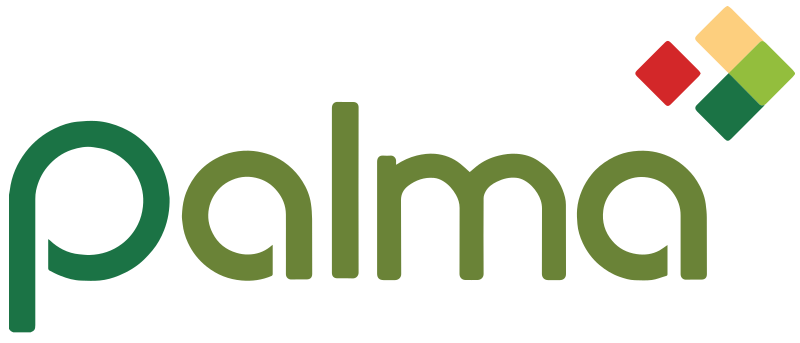Would you like to know the secret to accumulating as much as $2.5 million of fully tax deductible money for retirement? Of course you would. That secret is the defined benefits plan. These plans can include life insurance paid by tax-deductible contributions and can be used as a buffer to defend your assets from potential creditors as well. Stop giving money to the IRS and start giving it back to yourself!
What is a defined benefits plan?
You may be familiar with 401k and 403c plans, defined benefits plans work in a similar way but have a specific monthly benefit determined by a formula based on the employee’s earnings history, tenure of service and age, rather than depending directly on individual investment returns. For the most part, it acts like an insured annuity.
There are several different ways that a defined benefits plan can be set up including a dollars times service plan where monetary compensation is earned through loyal service to the company. If you are dealing with unionized workers, this is the preferred method. Another very common structure is the final average pay system. This uses the final annual salary as the determining factor to define future benefits. Of course, the best choice for you will depend on your current staffing situation and the future projections of your business. There are countless ways to tweak an individual defined benefits plan with many of the others working for small business owners looking to fund life insurance and retirement income in the most tax sensible way.
Why should you use a defined benefits plan?
As a small business owner, there are four huge reasons you should be opting for a defined benefits plan.
- First, it makes your company look stronger to potential ob candidates. Having a predetermined and employee funded retirement is one of the major factors that high level employees look for in a career.
- Second, the benefits that you offer are protected from creditors under the Employee Retirement Income Security Act (ERISA).
- Third, all benefits are fully tax-deductible to you and the benefits accrue on a tax-deferred basis. This means you can fund your own retirement through a tax deductible contribution for yourself!
- Last, benefits accrue up to $205,000 for any and all of your employees that reach this vested level. Payments can begin between the ages of 62 and 65.
Caveats for including life insurance in a defined benefits plan
One of the biggest advantages to a defined benefits plan is the ability to pour a percentage of the funding into a whole or universal life insurance account. There are a few caveats including whole life insurance cannot account for more than 2/3 of the fund and universal life insurance cannot account for over 1/3 of the fund. Also, no fund can provide more than 100 times the projected monthly retirement income as a pre-retirement survivor benefit. Even under these rather loose constraints, life insurance added to a defined benefits plan is an excellent investment for both yourself and your employees.
The pure genius of defined benefits plans is that they don’t prevent any other sources of retirement funding, they are available to companies of all sizes and all that needs to be filed with the IRS is Form 5500 with a Schedule B. Want to find out more about how a defined benefits plan can help you fund your retirement? Contact me today at (925) 307-5454 for a free consultation!
